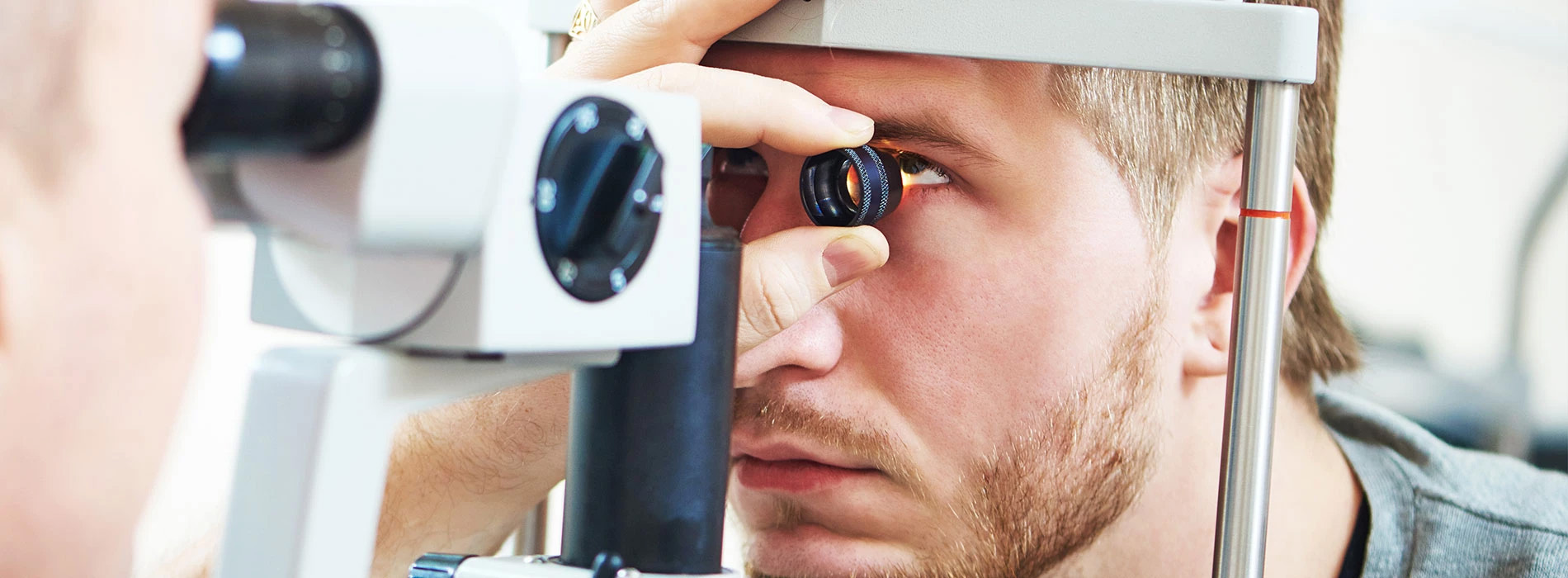What is LASIK and Cataract Co-Management?
LASIK and cataract co-management is a collaborative approach to eye care where optometrists and ophthalmologists work together to provide comprehensive patient care.
- LASIK: In LASIK surgery, a thin flap of corneal tissue is created and folded back. A laser is then used to reshape the underlying corneal tissue, correcting refractive errors like nearsightedness, farsightedness, and astigmatism.
- Cataract Surgery: Cataracts are the clouding of the natural lens of the eye, leading to blurred vision. Cataract surgery involves removing the cloudy lens and replacing it with an artificial lens implant.
The Role of Co-Management
In both LASIK and cataract surgery, co-management typically involves:
- Pre-operative Evaluations: Optometrists often conduct thorough pre-operative eye exams, including detailed assessments of vision, eye health, and candidacy for the procedure.
- Patient Education: Optometrists play a crucial role in educating patients about the surgical procedures, discussing expectations, addressing concerns, and obtaining informed consent.
- Post-operative Care: Optometrists provide essential post-operative care, monitoring for complications, adjusting glasses prescriptions as needed, and managing any post-operative issues like dry eye.
Benefits of Co-Management
- Enhanced Patient Care:Co-management ensures a seamless and coordinated approach to patient care, combining the expertise of both optometrists and ophthalmologists.
- Improved Patient Outcomes: By working together, eye care professionals can optimize patient outcomes, minimize complications, and ensure the best possible vision after surgery.
- Increased Convenience: Co-management can often streamline the patient experience by providing comprehensive care within a familiar setting.
Important Note: The specific roles and responsibilities of optometrists and ophthalmologists in co-management can vary depending on state laws and individual practice agreements.

